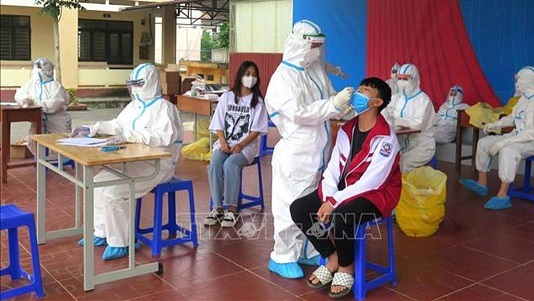 |
|
|
Under the Law on the Prevention and Control of Infectious Diseases, class A diseases include those which can be transmitted quickly and result in a high death rate.
The elimination of Covid-19 from the list of class A infectious diseases is a major step in Vietnam’s anti-pandemic strategy and a foundation for the authorities to issue new guidelines matching the new normal.
In February 2020, the then prime minister announced that Covid-19 is a class A infectious disease. To prevent the spread of the coronavirus, Vietnam took stringent measures, such as large-scale lockdowns, suspension of international travel, strict quarantine of Covid cases and direct contacts, and suspension of many economic activities.
Over the past few months, despite an increase in new cases, Vietnam has completed administering Covid vaccines to people aged 12 and older.
Vietnam set a target to complete administering the second shot to children aged between 12 and 17 this quarter, and the third shot to residents aged 18 and older and the vaccination of children aged between five and 11 before September.
The relevant agencies were assigned to study the administering of the fourth vaccine booster to adults and the third shot to children aged five and older as well as the vaccination of children aged from three to five.
To reach the target of bringing Vietnam’s Covid death rate lower than the average in Asia, the Government ordered the most favorable conditions be created for the production and outsourcing of Covid vaccines locally and the Covid vaccine production technology transfer. Local authorities must prepare sufficient equipment, medical workers and drugs for Covid treatment.
Medical workers in non-public hospitals will be mobilized if needed.
To ensure socioeconomic development, the Government asked localities to quickly resume production and business activities and not to issue unnecessary anti-pandemic measures.
Source: Saigon Times